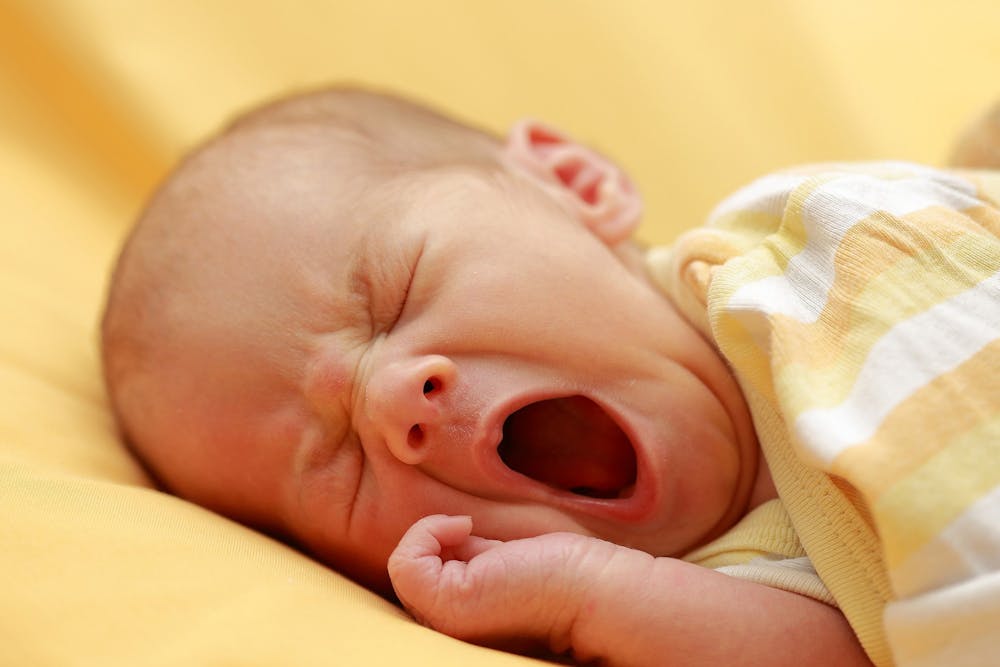Adorable and downright enchanting are just a few ways to describe the subjects of study in Netflix’s new docuseries, “Babies.” The docuseries looks in on infants around the world who are excelling or struggling to hit specific milestones and presents scientific studies related to those milestones. While it may seem this docuseries is just following babies from one diaper change to the next, “Babies” actually does a fantastic job of presenting the science behind infants and their daily behaviors.
A multi-faceted investigation into the mysteries of babies, this six-episode docuseries debunks popular misconceptions about the infantile stage of life. One way the series does this well is by introducing the scientists who have devoted their life’s work to answer what seems like relatively easy questions about babies. What is most astounding about these scientists is how many of them fell into the study of infant behavior. One doctor had been a serious dancer and another was in art school during her undergrad years, but each scientist was drawn to the field due to their experiences with their own children.
In one of the most interesting episodes, “Crawling,” the docuseries focuses on the crawling stage infants are supposed to enter. One infant in particular, Pascoe, seems to be behind his peers in the developmental stage. Throughout the episode, scientists explain how keen babies are to move, even from birth. In the most fascinating experiment of the entire series, scientists experiment with a two-day-old infant. On a moving contraption to offset the weight of the newborn’s head, viewers and scientists see this two-day-old propel himself across a table without any aid.
The experiments conducted to test adult understanding of infant capabilities tend to be the charming delight of “Babies.” Watching an infant be fitted for an MRI cap is cuter than one may think. Seeing babies crawl towards an ever-increasing incline plane is more heart-pounding than expected. Listening to a baby utter their first syllables is touching. The adorable cooing noises, chubby legs and unbridled wonder in the eyes of each baby is enough to understand why these scientists dedicate their studies to the field.
As enjoyable as “Babies” is, the series has a predictable form of introducing the main baby or babies of the episode, then all too quickly shifting focus to the scientist and experiments they have devised. While the scientist is interesting, there aren’t too many instances of being able to watch the bundles of joy outside an experiment setting. In a series that has the word babies in the title, it is slightly disappointing that there is not a lot of baby-watching. However, it is nonetheless charming to see an inspection of the world through the eyes of a baby.







